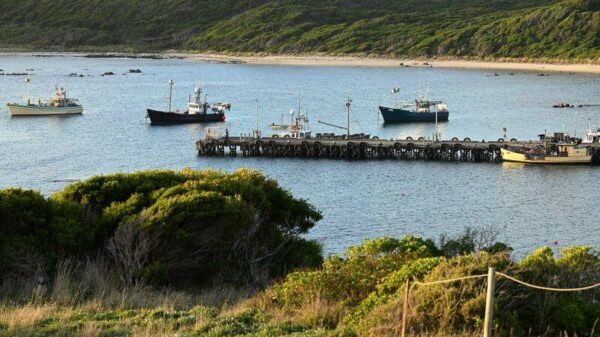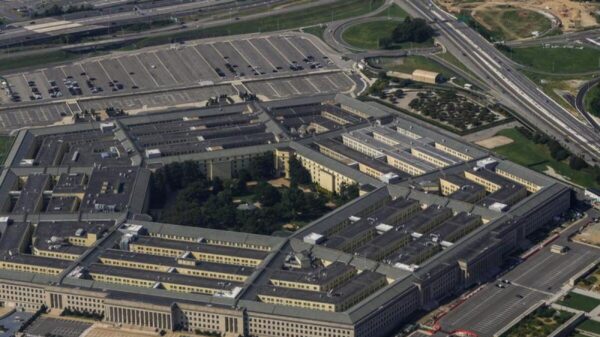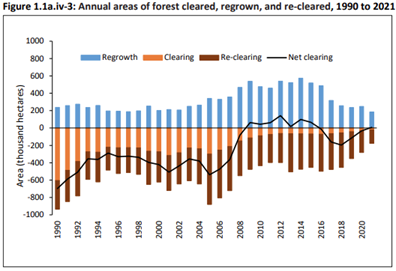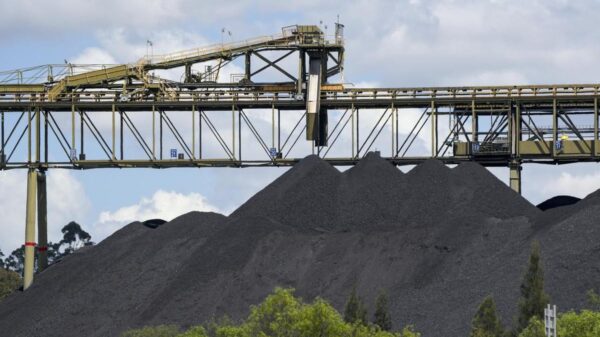UPDATE: Australia’s economy is witnessing a remarkable surge in job growth, with the latest data revealing an unexpected addition of 42,000 jobs in October 2023. This news comes as Treasurer Jim Chalmers describes the nation as an “island of security” in an unpredictable global landscape.
In a speech delivered to investors in Sydney, Chalmers highlighted the significance of this development, noting that since the Labor government took office in May 2022, a total of 1.2 million jobs have been created. He emphasized that approximately 80 percent of this employment growth has occurred in the private sector, showcasing Australia’s resilience amid global economic challenges.
The unemployment rate has now decreased from 4.5 percent to 4.3 percent, defying economists’ predictions of a slight decline to 4.4 percent. This robust job market is causing forecasters to reconsider previous expectations regarding interest rate cuts. The National Australia Bank (NAB) has recently aligned with the Commonwealth Bank in abandoning its forecast for any rate cuts in 2026, following the release of these stronger-than-expected labor statistics.
Chalmers stressed that Australia is experiencing “real wages growing at their strongest rate in five years” and “inflation around a third of its peak,” further solidifying his claims about the economy’s stability. He stated, “Australia is an island of security, stability and reliability in a sea of uncertainty and risk.”
However, the strong job figures have raised concerns among economists about the Reserve Bank of Australia’s (RBA) monetary policy. As underlying inflation is projected to remain above the RBA’s target of 2 to 3 percent for the next six months, NAB economists predict the central bank will respond to any unexpected growth or inflation increases with heightened sensitivity.
In light of this, NAB economists including Sally Auld, Gareth Spence, and Taylor Nugent indicated that the economy is positioned for a robust recovery, the strongest seen in over 40 years. They stated, “If an acceleration in growth starts from an elevated level of capacity utilization and a labor market with close to full employment, there can be little or no tolerance for above-trend growth.”
While NAB and Commonwealth Bank project the end of the interest rate-cutting cycle, Westpac economists differ, suggesting potential rate cuts in May and August of next year. ANZ economists maintain their prediction for one last rate cut in February.
The implications of these developments are significant for Australian workers and businesses. With job vacancies remaining high and employers struggling to find suitable candidates, the labor market appears resilient. Harry Ottley, economist at Commonwealth Bank, noted that leading indicators point to sustained employment growth.
As these trends unfold, the Australian economy is set to attract attention both domestically and internationally. Stakeholders and investors will be closely monitoring the RBA’s next moves, especially as the economy navigates through this critical juncture.
Stay tuned for further updates as we continue to follow this developing story.


































































